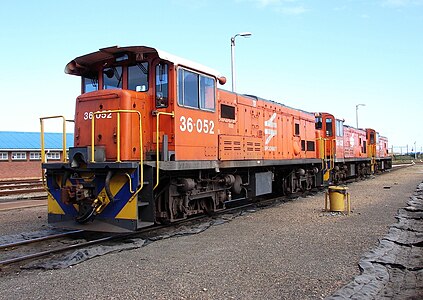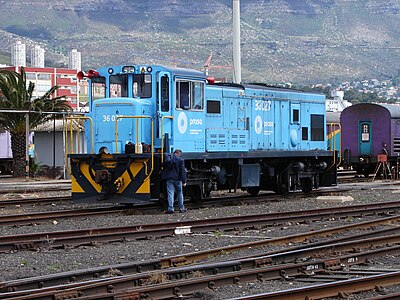
The South African Railways Class 91-000 of 1973 was a narrow-gauge diesel–electric locomotive.

The South African Railways Class 6E1, Series 2 of 1971 was an electric locomotive.

The South African Railways Class 6E1, Series 4 of 1973 was an electric locomotive.
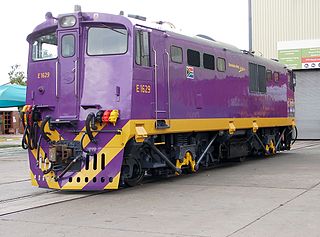
The South African Railways Class 6E1, Series 5 of 1974 was an electric locomotive.

The South African Railways Class 7E2, Series 1 is an electric locomotive. South African Railways placed 25 Class 7E2, Series 1 electric locomotives with a Co-Co wheel arrangement in service in 1982.
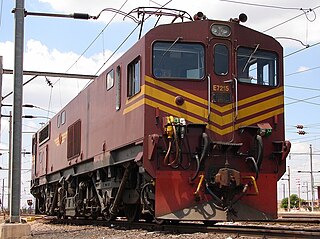
The South African Railways Class 7E2, Series 2 is an electric locomotive. South African Railways placed 40 Class 7E2, Series 2 electric locomotives with a Co-Co wheel arrangement in service in 1983.

The South African Railways Class 10E1, Series 1 of 1987 is an electric locomotive.
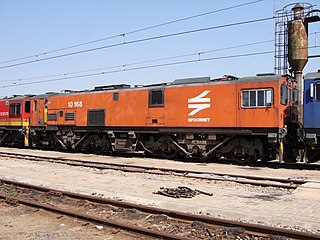
The Spoornet Class 10E1, Series 2 of 1990 is a South African electric locomotive.

The South African Railways Class 10E2 of 1989 is an electric locomotive.

The South African Railways Class 34-000 of 1971 is a diesel-electric locomotive.

The South African Railways Class 34-400 of 1973 is a diesel-electric locomotive.

The South African Railways Class 34-500 of 1974 is a diesel-electric locomotive.

The South African Railways Class 34-600 of 1974 is a diesel-electric locomotive.
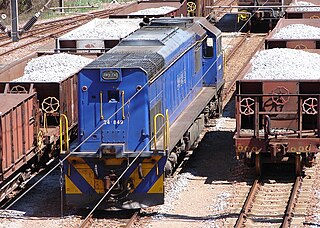
The South African Railways Class 34-800 of 1978 is a diesel-electric locomotive.

The South African Railways Class 34–900 of 1980 is a diesel-electric locomotive.

The South African Railways Class 35-000 of 1972 is a diesel-electric locomotive.

The South African Railways Class 35-400 of 1976 is a diesel-electric locomotive.

The South African Railways Class 35-600 of 1976 is a branch line diesel-electric locomotive.

The South African Railways Class 36-200 of 1980 is a diesel-electric locomotive.

The South African Railways Class 37-000 of 1981 is a mainline diesel-electric locomotive.




